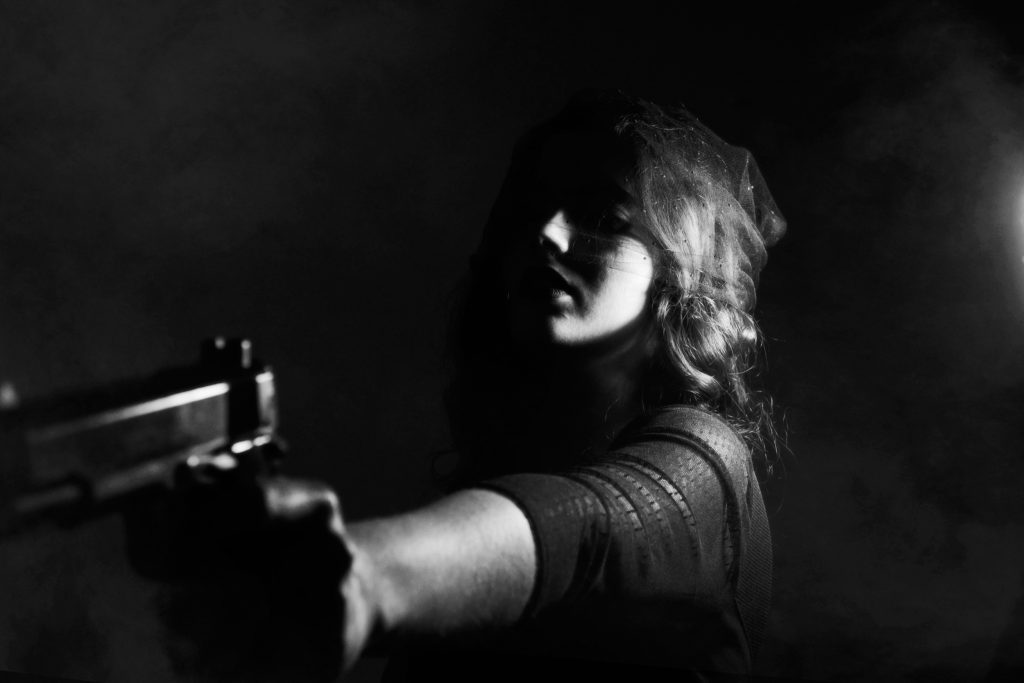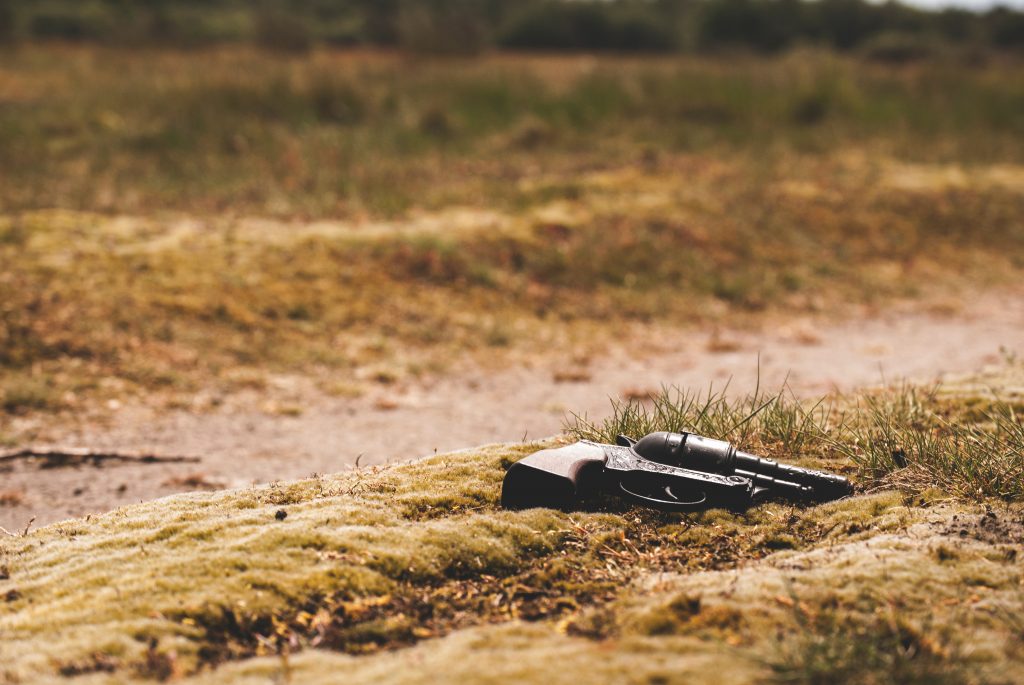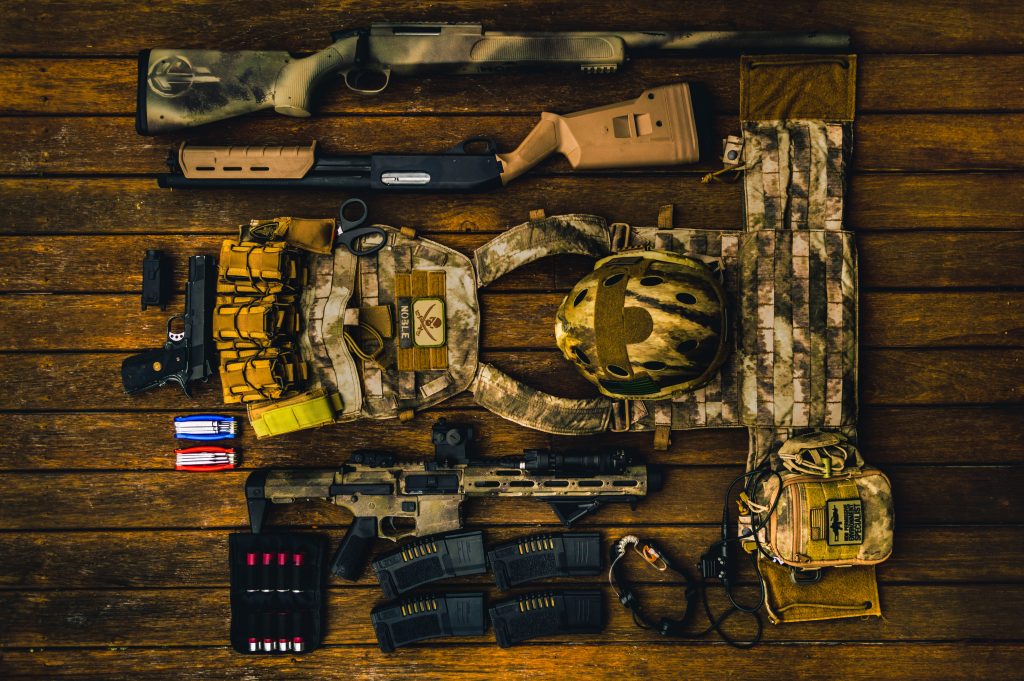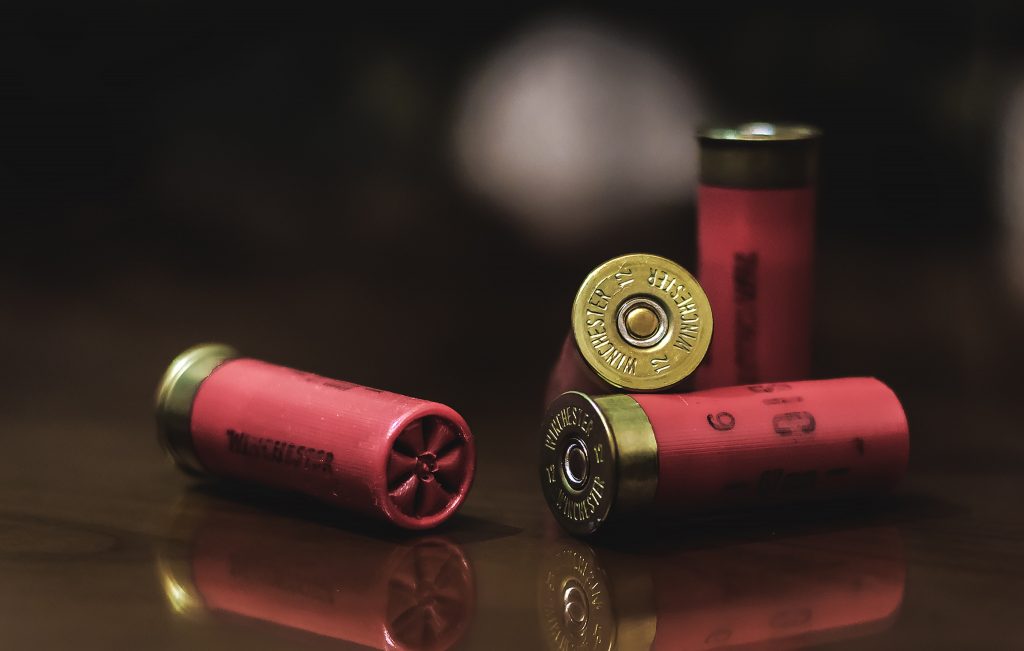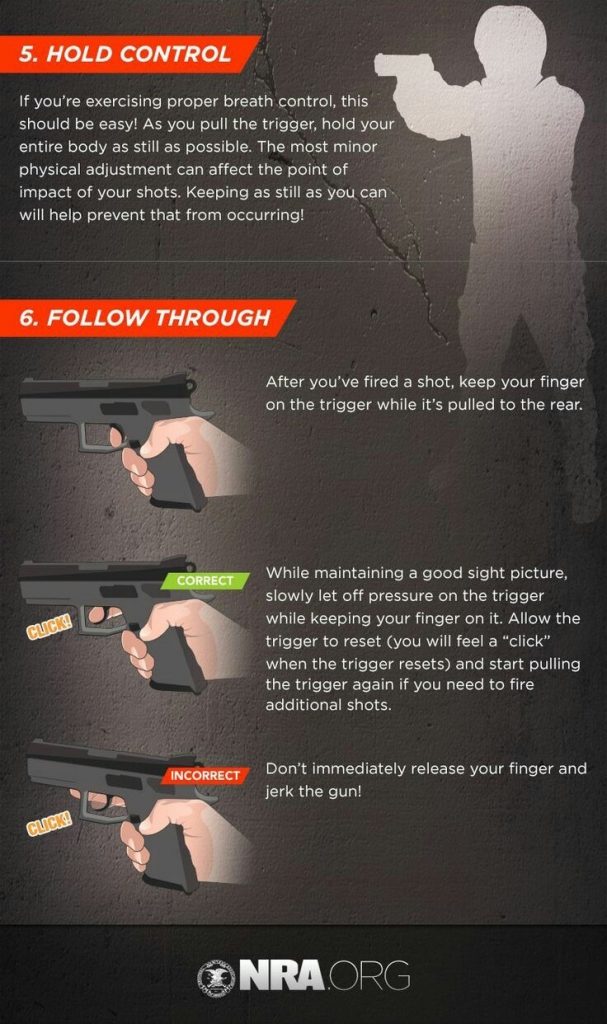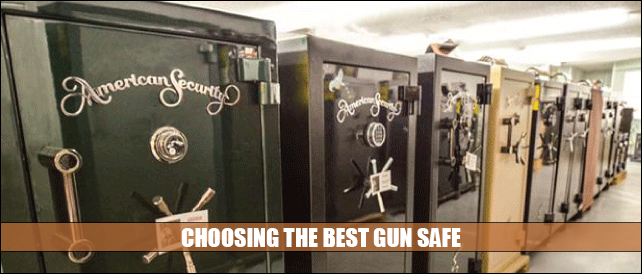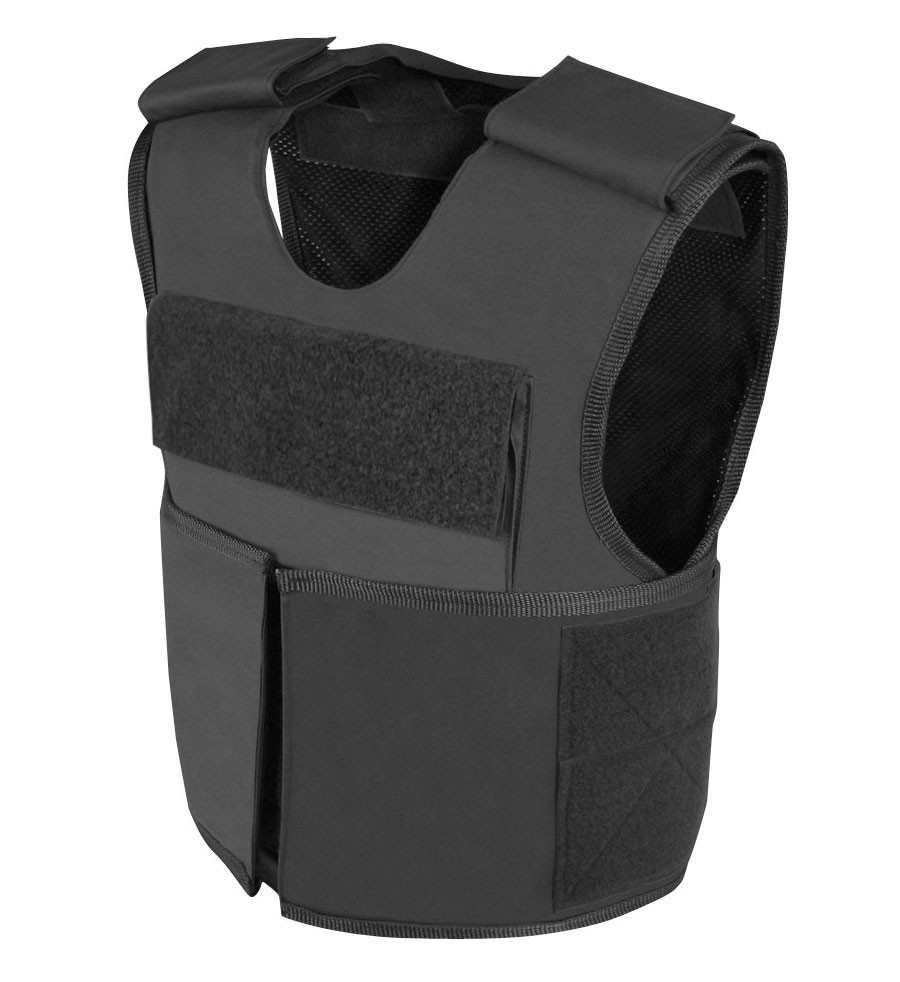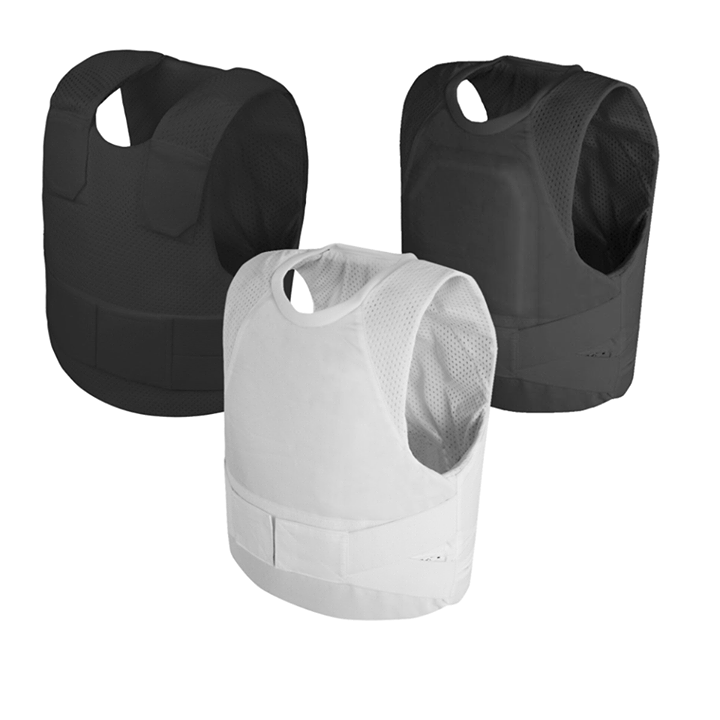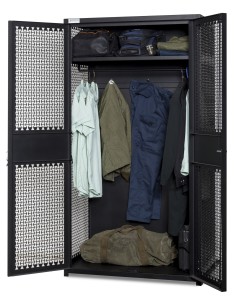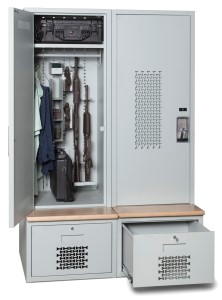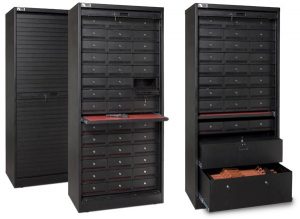Being prepared for a disaster is something that everyone should do. And this is not a rule that only military and law enforcement professionals should observe. Even civilians need to have the right kind of tactical gear to cope with the adverse situations they may come across at any point in time. Speaking about tactical equipment, one piece that you may overlook is body armor. However, this is one of the most important pieces for civilians and law enforcement professionals alike. At the same time, it is also legal in most of the states. So even if you aren’t a security personnel, you can still buy one. Before you decide whether you should include body armor in your arsenal, here are some facts that you should know.
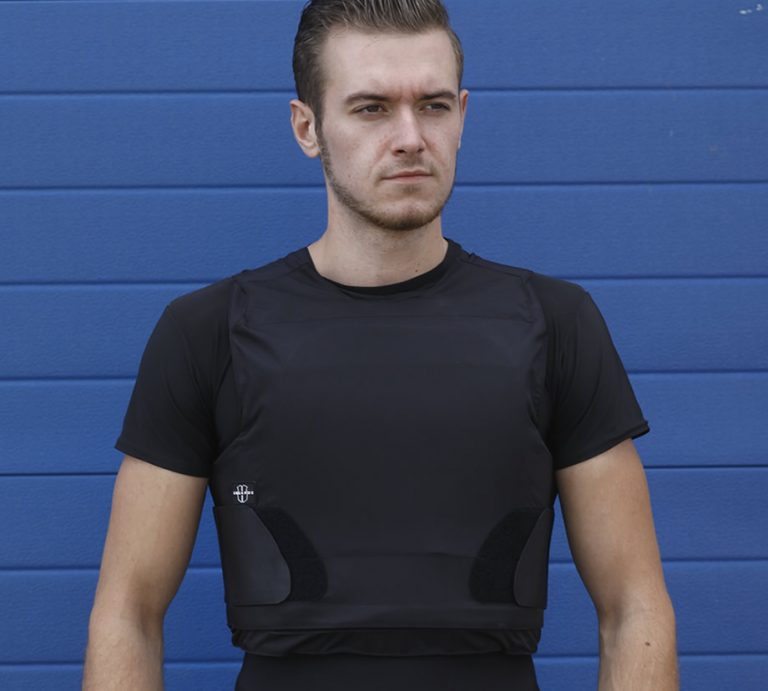
What is body armor?
Even before you contemplate buying body armor, you need to understand what it exactly is. Essentially, body armor is a piece of gear (usually a vest) that covers your body to protect it. This means that you may even consider a helmet as body armor because it protects your head. Often, body armor is used interchangeably with bulletproof vests but may not necessarily be resistant bulletproof. At the same time, it may be strong enough to slow down a bullet if not completely stop it.
The popular base material for modern armors is Ultra High Molecular Weight Polyethylene (UHMWPE). It comprises plastics that are tightly woven for giving them added strength and making them capable of dispersing a bullet’s energy as it makes way through different layers of the protective gear. Besides the ones made out of UHMWPE, you can also find armors that are crafted with Aramid steel. This variant is heavier in weight but offers protection comparable to the UHMWPE counterpart.
What are the types of body armor you can explore?
It has already been explained that body armors are usually made of UHMWPE and Aramid UHMWPE and steel. Besides these, there are different variants available in the market. If you want to explore the options, you can choose to buy body armor from engardebodyarmor because there is plenty of choices here. The best part is that you can shop online discreetly in just a few clicks, without even having to step out.
Here are variants that you can
explore:
Soft body armor: These soft armor packages consist of a certain amount
of flexible layers of PE and/or Aramid.
This type of armor is
capable of stopping a round from handguns penetrating through it by
decelerating it rapidly. This usually results in the bullet deforming or
“mushrooming” (and ultimately stopping) the bullet falling after it hits the
armor (unless you are unlucky). The successive layers of the material of the
vest absorb the bullet’s energy and gradually stop it before it is able to
penetrate.
Hard Body Armor: This category is segregated into three types on the basis of plates being used in them.
Ceramic plates: The armors made with ceramic plates are stronger than soft ones when it comes to resisting rifle rounds. Ceramic plates use a combination of layers of PE/Aramid with Ceramic. The Ceramic part is placed a strike face side of the panel. The ceramic breaks the incoming round and the PE/Aramid package part of the plate absorbs any fragments left. Essentially, ceramic has the potential to slow down the bullet in addition to fracturing its impact. On the downside, ceramic cannot take multiple rounds because the plates become weaker with each round just as it happens with soft armor. Further, these are heavy in weight and you cannot wear them without an additional carrier.
Polyethylene plates: A variant in body armors that has become popular in recent times is that made in polyethylene plates. These polyethylene plates (PE) are made from layers of PE (UHMWPE) that are pressed together under very high pressure and temperature. These plates can weigh around 1-1.5 kg in comparison with their ceramic plate counter part weighing 3-3.5 kg. However these polyethylene plates do not stop armor piercing rounds. They can slow down the bullet by “mushrooming” effect and the bullet is actually caught in the plate. Weight reduction is the main benefit of these plates.
Steel plates: Steel
is another variant you can find in hard body armor. Compared to the other
variants, it is quite a poor performing product as rounds tend to ricochet.
These plates are cheap but very heavy. So you will seldom find professional
operators using this type of armor these days. Still, steel emerges as the best
choice if you are on a budget because it provides ample protection and does not
cost a fortune.
You can explore these options and find the one that matches your requirements and budget.
How can you fit the body armor?
The fitting of body armor matters the most, irrespective of the variant you opt for. Ideally, it should provide coverage for the main areas of the torso, including your front, back, and sides. The purpose is to protect your ribs and vital organs from potential bullet attacks. Also, you need a good fit to get the right level of protection. This is done by proper positioning and correct adjustment of the armor.
Do you really need body armor?
Now is the most important question, whether you really need body armor. The answer is that it is completely up to you. For example, if you are in the law enforcement department, this is one piece of tactical gear that you cannot just manage without. On the other hand, it can act as a lifesaver in a defensive scenario even for a civilian. Whether it is a disaster or an attack, body armor can be a great thing to keep you safe. You may feel protected just because are armed. But remember that your attackers will be armed too and wearing protection can actually save your life in the worst situations. Even if you are a civilian, wearing armor gives you the confidence that you may need when facing survival issues.
Can body armor actually save your life?
Body armor can absolutely play the role of a lifesaving gear but wearing it does not guarantee complete protection. The truth of the matter is that you need to choose one that is strong enough to maximize your chances of survival even from bullet attacks. If you have the right one on, the probability of survival increases to a significant extent. When you buy body armor, its NIJ rating is a factor that you should consider. NIJ refers to the National Institute of Justice while NIJ rating is a global rating system that is used as the ballistic standard of resistance. A reputed manufacturer always mentions the NIJ rating for the armors he sells. The rating is classified from Level IIA to Level IV.Level I to Level IV and the higher is obviously better. Level IIA, II and IIIA are ratings for handgun protection (soft armor). Level III and Level IV are ratings for rifle protection (hard armor).
What factors should you consider while choosing a carrier?
Besides choosing the right body armor, you also require a carrier irrespective of the fact whether you are picking soft or hard armor. A carrier is basically a textile piece that has pockets in which soft armor panels and/or hard armor panels can be placed.
The best carriers are made out of cotton or polyester and have Velcro straps. There are adjustable variants that allow you to attach other gear such as extra pouches to them. When you choose a carrier, steer clear of elastic because it weakens with time and eventually the vest may sag. It is not advisable to wear one that does not give you a snug fit because the vulnerable areas of your body will get exposed.
Considering these key facts about body armor, you will realize how important it can be in combat situations. Though nothing can guarantee survival at such adverse times, this protective gear increases your odds to a significant extent. Make sure that you pick one from a good brand and also a piece that offers a snug fit for great protection. Still, you should not get overconfident because this attitude can make you slack about your safety!


